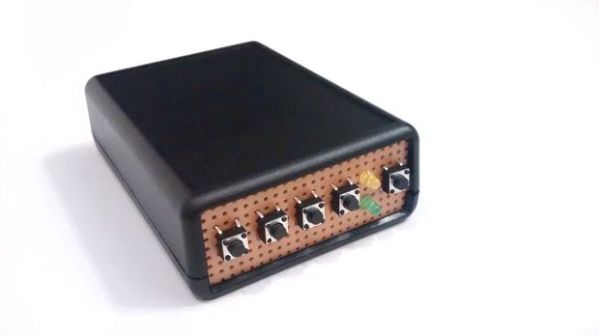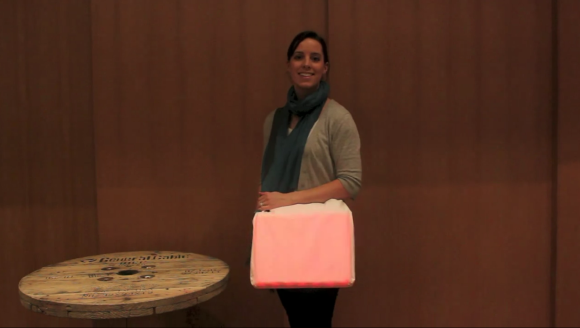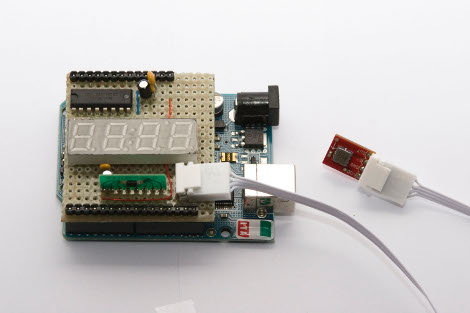Many of us carry around a bag with our expensive personal belongings. It can be a pain to carry a bag around with you all day though. If you want to set it down for a while, you often have to try to keep an eye on it to ensure that no one steals it. [Micamelnyk] decided to build a solution to this problem in the form of a motion sensing alarm.
The device is built around a Trinket Pro. The Trinket Pro is a sort of break out board for the ATMega328. It’s compatible with the Arduino IDE and also contains a USB port for easy programming. The Trinket is hooked up to a GY-521 accelerometer, which allows it to detect motion. When the Trinket senses that the device has been moved, it emits a loud high-pitched whine from a piezo speaker.
To arm the device, the user first holds the power button for 3 seconds. Then the user has ten seconds to enter their secret code. This ensures that the device is never armed accidentally and that the user always remembers the code before arming the device. The code is entered via four push buttons mounted to a PCB. The code and code length can both be easily modified in the Trinket software.
Once the code is entered, the status LED will turn solid. This indicates to the user that the device must be placed stationary. The LED will turn off after 20 seconds, indicating that the alarm is now armed. If the bag is moved for more than five seconds at a time, the alarm will sound. The slight delay gives the user just enough time to disarm the alarm. This parameter can also be easily configured via software.















